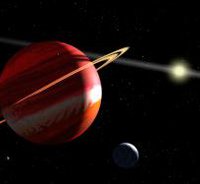
The search for life outside our Solar System will be undertaken using
remote-sensing techniques to understand the spectroscopic properties of
extrasolar planets. To improve our ability to interpret what we might find,
the Virtual Planetary Laboratory NAI Alumni team uses realistic stellar
spectra and generalized planetary climate-chemistry models to explore the
effect of different stellar energy distributions on the atmospheric
photochemistry and resultant spectra of Earth-like planets.
In this presentation I will review results to date on the effects on
atmospheric photochemistry, planetary habitability and the detectability of
biosignatures for planetary host stars of different spectral type and UV
activity levels. I will also highlight new modeling results relevant to
photosynthesis in extrasolar planet environments, and attempts to generate
“false positive” signatures of atmospheric oxygen, using high incident
stellar UV radiation and model planets with dense carbon dioxide
atmospheres.
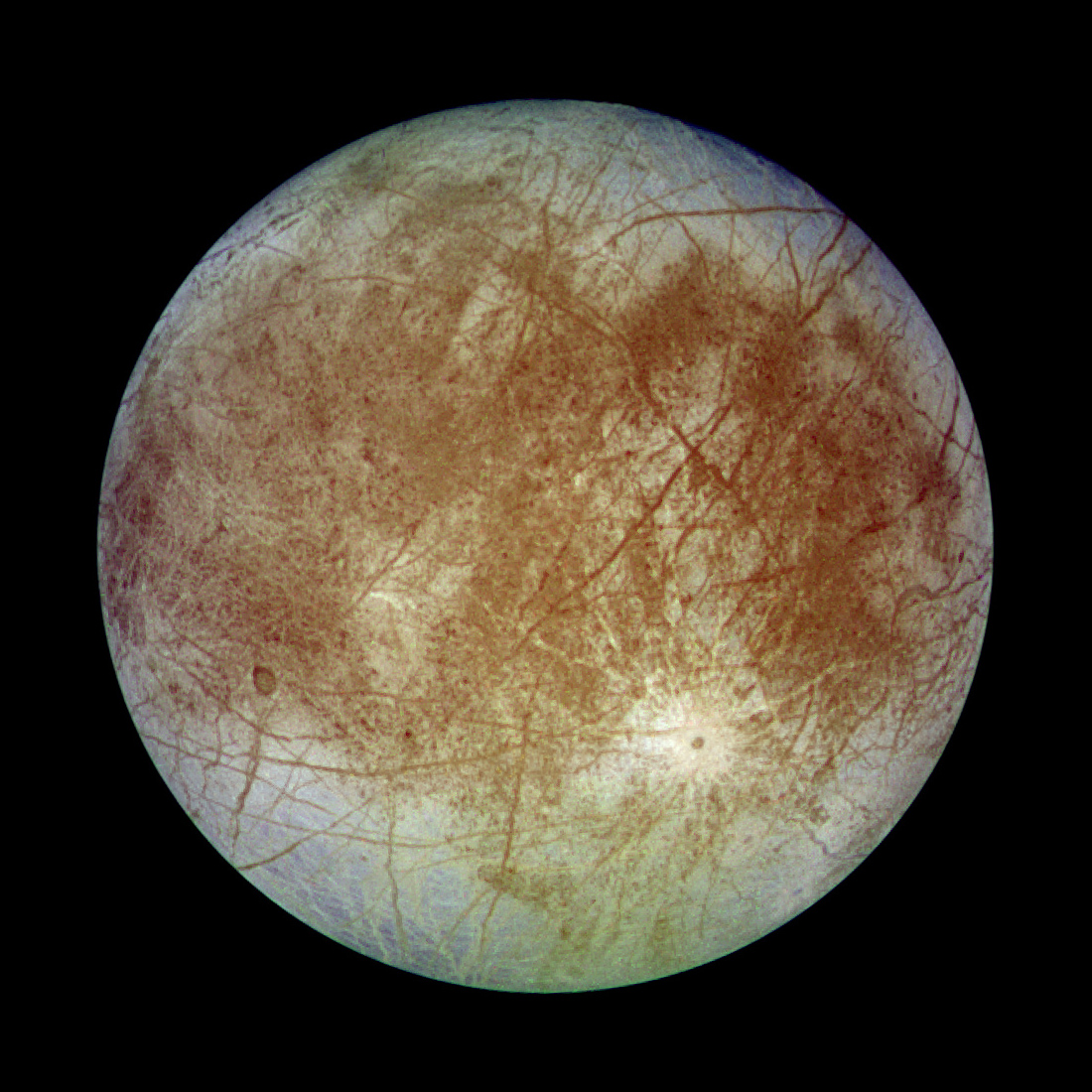 Getting Under Europa’s Skin
Getting Under Europa’s Skin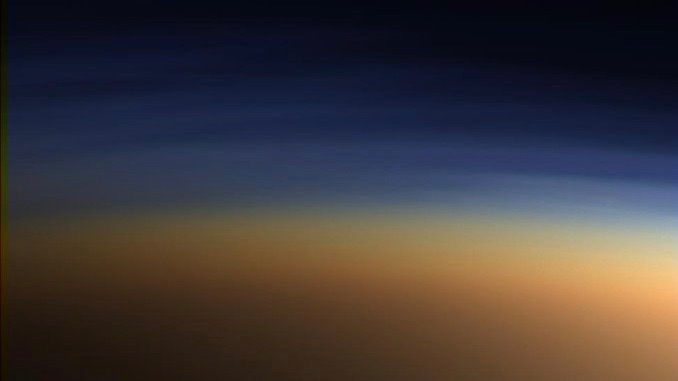 Tracing Formation and Evolution of Outer Solar System Bodies Through Stable Isotopes and Noble Gas Abundances
Tracing Formation and Evolution of Outer Solar System Bodies Through Stable Isotopes and Noble Gas Abundances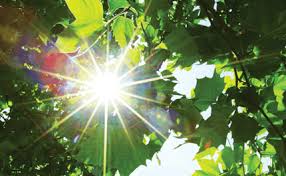 Photosynthesis, a Planetary Revolution
Photosynthesis, a Planetary Revolution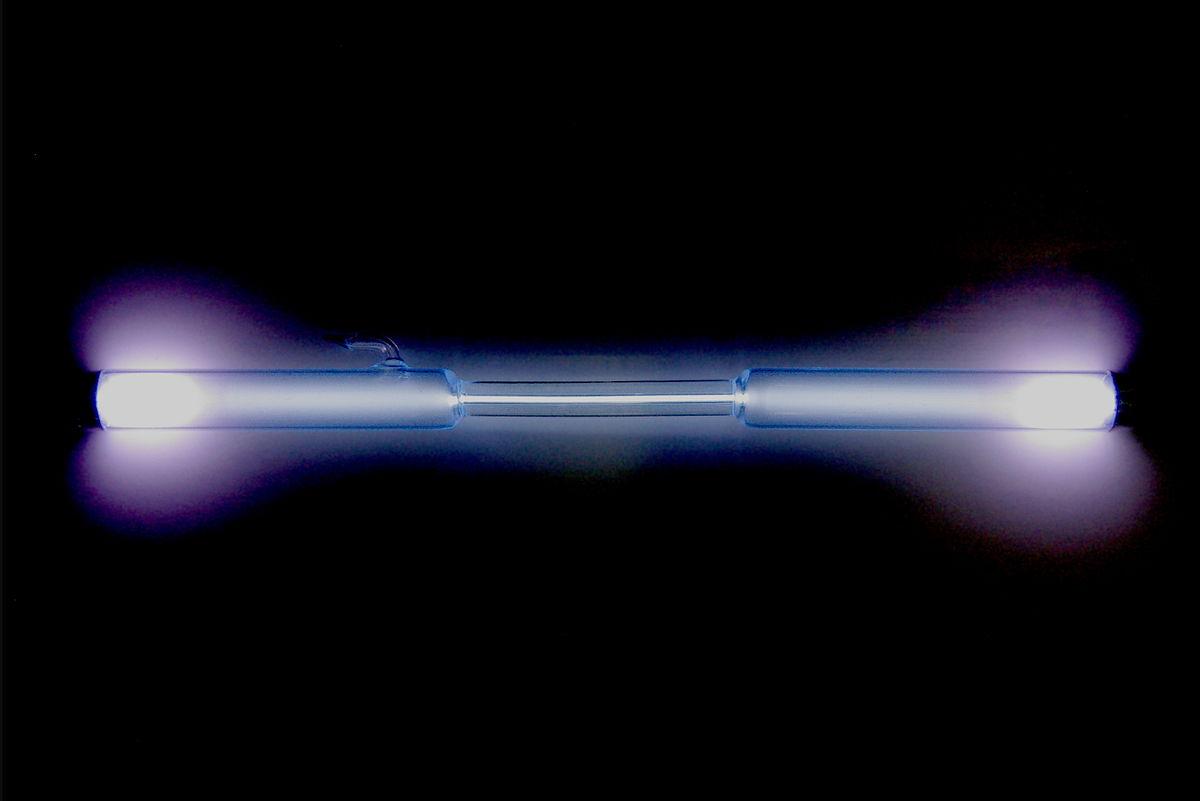 Xenon: King of the Gases
Xenon: King of the Gases